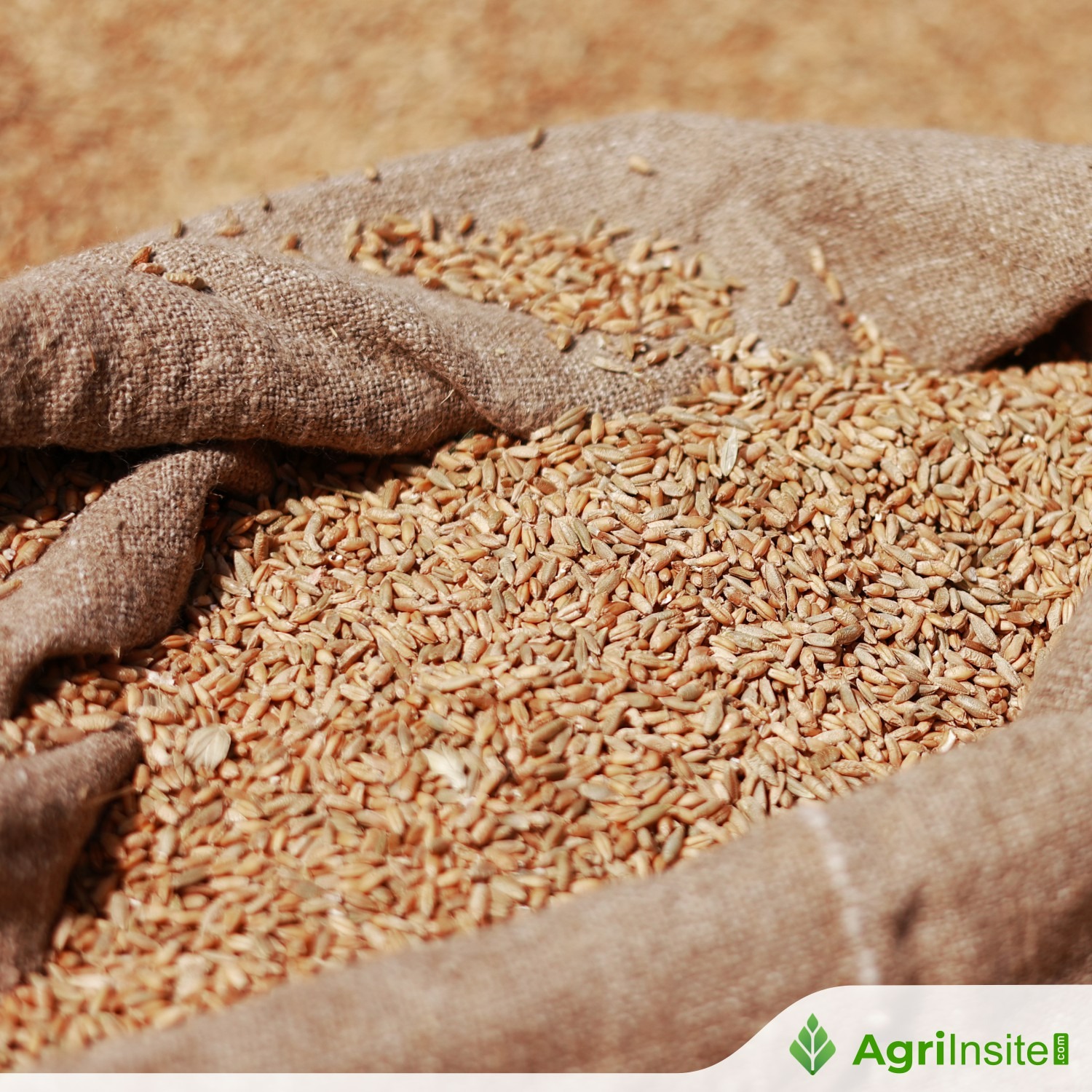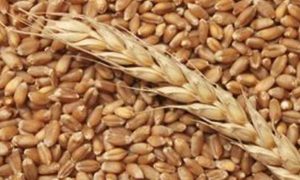Jordan’s Wheat Procurement Strategy Reshapes Global Grain Markets

Jordan’s wheat procurement shows how emerging market demand reshapes grain prices and trade flows. By issuing frequent tenders with flexible pricing, Jordan secures supply while expanding reserves to 16 months. Global wheat stocks are high, yet Russian supply disruptions fuel volatility. Investors see opportunities in ADM, Olam, and grain futures, but risks remain.
Jordan’s 2025 wheat procurement strategy has become a reflection of the fragility of global grain markets, illustrating how demand from emerging markets is reshaping price volatility and trade flows. The kingdom’s frequent tenders, partial fulfillments, and flexible pricing terms highlight structural shifts in the market, presenting both risks and opportunities for investors.
Jordan is actively conducting tenders to procure 100,000–120,000 metric tons of milling wheat, with delivery schedules staggered across October and November. In July 2025, it successfully secured 60,000 tons at $255.50 per ton, while an August tender was canceled and rescheduled. This approach reflects Jordan’s efforts to ensure food security amid water scarcity and mitigate risks from global supply chain disruptions.
This strategy is part of a broader trend where emerging market demand influences global markets. For instance, barley prices in Jordan reached $229 per ton, compared to $185–190 for Ukrainian barley. This gap has driven a 15% year-to-date increase in CBOT barley futures, demonstrating how countries like Jordan impact price formation.
Global wheat prices have softened due to bumper harvests in the EU and Canada, with world wheat stocks projected to reach 271 million tonnes by the end of the 2025/26 marketing year. However, geopolitical factors, such as Russia’s 56% year-on-year wheat harvest decline and Black Sea supply disruptions, create localized shortages, prompting Jordan to expand its strategic reserves to cover 16 months of consumption.
For investors, Jordan’s strategy opens asymmetric opportunities. Companies like Archer-Daniels-Midland (ADM), despite a 55% drop in Q2 2025 earnings, remain resilient due to strong cash flow ($4 billion in the first half) and global market positioning. CNH Industrial, though impacted by weak demand for agricultural equipment, benefits from logistics solutions aligned with Jordan’s needs.
Risks for investors include potential declines in feed grain demand due to economic slowdowns or a Russian harvest rebound. Analysts recommend diversifying through grain futures and agribusiness equities to mitigate market shocks. Companies like Olam International and Al Dahra gain advantages from access to cheaper Ukrainian grain.
Jordan’s strategy serves as a bellwether for changes in the global grain market, where emerging market demand drives volatility and opportunities. Investors should remain agile, balancing grain futures and agribusiness equities to capitalize on these shifts.
To Read more about Wheat News continue reading Agriinsite.com
Source : Ukr Agro Consult
















